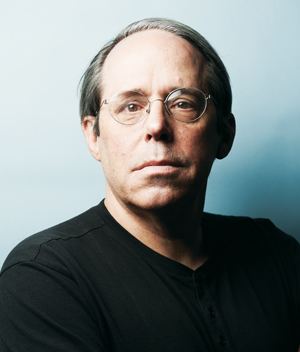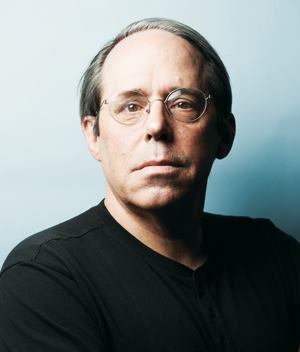Name George Sexton Role Designer | Education Virginia Tech | |
 | ||
Marshallese break dancer 2 george sexton
George S. Sexton, III is an internationally known American designer, specializing in the areas of lighting design, museum design and museum planning services.
Contents
- Marshallese break dancer 2 george sexton
- Marshallese break dancer george sexton
- Life
- Projects of note
- Awards
- References

Marshallese break dancer george sexton
Life
Sexton began studying at Virginia Polytechnic Institute and State University in 1966, where he received his Bachelor of Architecture Degree in 1971. Upon graduation, Sexton began his work in architectural lighting design through his employment at Claude Engle, Lighting Consultant in Washington, DC. He continued his work in the field of lighting design by taking a position at the National Gallery of Art both designing and lighting exhibits. This early professional experience working in DC museums coupled with his modernist training as an architect have been the foundations of his approach to lighting and museum design. Further shaping experiences include working as Acting Keeper of the Sainsbury Centre for Visual Arts in Norwich, England, as well as the Head of the Design and Installation Department for the Fine Arts Museums of San Francisco at both the M.H. de Young Memorial Museum and the California Palace of the Legion of Honor.
In 1980, Sexton opened his own lighting and museum design firm, George Sexton Associates, based in Washington, DC, with satellite offices in Norwich, England and New York City.
Connection to Claude Engle
Trained in architecture at Virginia Polytechnic Institute, George Sexton found himself - after graduation, amid a recession in the early 1970s — seeking employment beyond architecture firms and had the good fortune to find a position with lighting designer Claude Engle. Assigned to the east wing extension for the National Gallery of Art in Washington, D.C., which Engle was working on at the time, was what set Sexton on a course of museum work that has been the cornerstone of his professional lighting career.
Lighting Philosophy
As referenced in an interview of George Sexton, "Design-wise, it's about listening to the client. In terms of lighting, we are of the school that you shouldn't notice our work; it should be transparent. ... Daylight is very important to the visitor's experience. Architects and lighting designers have a great comfort level in working with daylight. It is something that can be managed in a way that is consistent with museums, but when making that choice, there is a cost of controlling daylight that needs to be considered. ... Regarding technology impacting museum lighting, there's a whole area of lighting controls, particularly as they relate to conservation and energy issues. Interactive media as well. We need to be clever as designers and consider these other sources (i.e., the whole range of media generated light) as part of the lighting solution."
Projects of note
Sexton has provided design services for an array of international and domestic clients, including the following:
Public & Civic
Awards
French Pavilion, International Expo 2010, Shanghai China
Museum of Fine Arts, Boston, Boston MA
22 Bateman's Row, London UK
1100 First Street NE, Washington DC
Goucher College Athenaeum, Towson MD
Lumen United Reformed Church, London UK
Star-Spangled Banner Exhibit, National Museum of American History, Washington DC
Robert and Arlene Kogod Courtyard, Smithsonian Institution, Washington DC
National Association of Realtors Headquarters, Washington DC
Vietnam Veterans Memorial, Washington DC
Louis Vuitton, Roppongi Hills, Japan
Cleveland Museum of Art Building Restoration, Cleveland OH
Modern Art Museum of Fort Worth, Fort Worth TX
Milwaukee Art Museum, Milwaukee WI
Herz Jesu Kirche (Heart of Jesus Church), Munich Germany
Denver Art Museum, Denver CO
Henry Francis DuPont Winterthur Museum—McIntire Room, Wilmington DE
